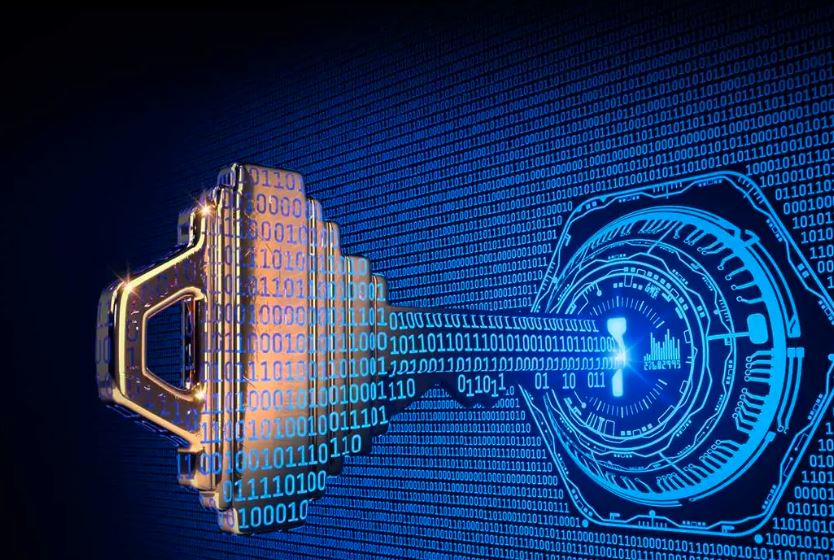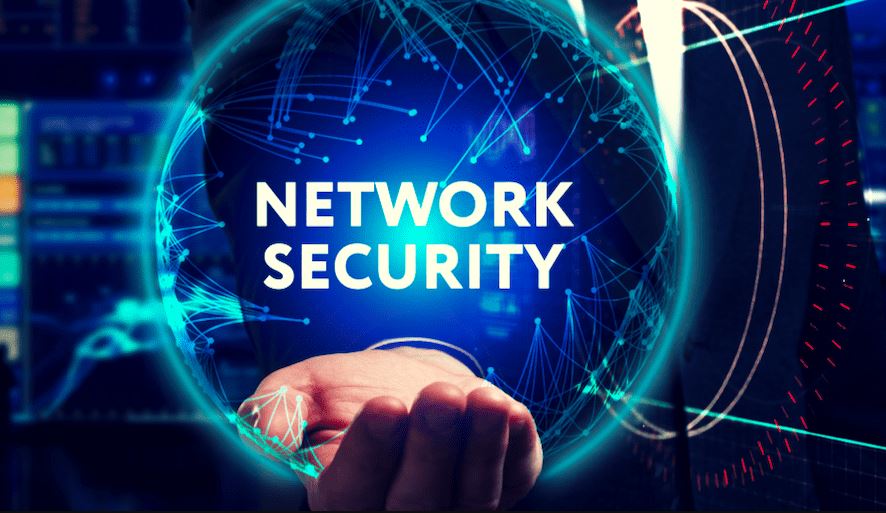Cyber Security –
The protection of computer systems, networks, and data against cyber security threats such as hacking, malware, and illegal access is what is meant by the term “cybersecurity.”

Key Concepts:

1. Confidentiality, Integrity, and Availability (CIA Triad):
- Confidentiality: Making certain that only those individuals who are allowed to have access to the information may access it.
- Integrity: preventing unauthorized parties from making changes to information that has been preserved.
- Availability: Making certain that authorized users are able to access information and resources whenever they are required to do so.
2. Types of Cyber Threats:
- Malware: Software that is meant to do harm, cause disruptions, or obtain illegal access to computer systems is known as malicious software.
- Ransomware: Malware that encrypts the data of the victim and then demands money in exchange for the key to decode the data.
- Phishing: A fraudulent effort to get sensitive information by posing as a reliable organization in order to gain confidential information.
- Denial of Service (DoS): Attacks with the goal of rendering a network resource inaccessible to the users for whom it was designed.
3. Network Security:

- Firewalls are computer systems that are put in place to prevent unauthorized users from accessing or leaving a private network.
- Intrusion Detection Systems (IDS) and Intrusion Prevention Systems (IPS) are terms that refer to tools that monitor network traffic for unusual activities and have the ability to prevent or warn on threats that identify themselves.
- Secure connections made over the internet to secure data while it is in transit are referred to as virtual private networks, or VPNs.
4. Endpoint Security:
- Antivirus and Antimalware Software: The detection and elimination of dangerous malware from computers and networks via the use of programs.
- Patching and Updates: When it comes to protecting against vulnerabilities, regularly upgrading software and operating systems is essential.
5. Identity and Access Management (IAM):
- The process of verifying the identity of users by means of passwords, biometrics, or multi-factor authentication comes under the category of authentication.
- The process of ensuring that users have permission to access certain resources and carry out particular activities is referred to as authorization.
6. Data Security:

- Data Backup: The act of creating copies of data in order to safeguard against the loss of data as a result of inadvertent deletion, malfunctioning technology, or cyber assaults.
- Encryption: preventing unwanted access to data by transforming it into a code and protecting it from being accessed.
7. Security Policies and Procedures:
- Incident Response Plans: putting together a strategy for dealing with cybersecurity events, which should include communication tactics and recovery processes.
- User Education and Awareness: Users should be trained to understand possible security hazards and react appropriately to them.
Regulations and Compliance:
- General Data Protection policy (GDPR) is a policy that was created by the European Union to safeguard personal information and privacy.
- Protecting sensitive patient health information is the responsibility of the Health Insurance Portability and Accountability Act (HIPAA), which is a law in the United States.
- The Payment Card Industry Data Security Standard, sometimes known as PCI DSS, is a collection of security guidelines that are intended for businesses that deal with credit card information.
Read more:- How to Customizing Desktop? Change Background, Screen Saver.

Hi, I’m Narinder Kumar, founder of BlogsBuz.com. I create articles and generate celebrity biographies, providing verified, up-to-date content. As an SEO expert and online tools creator, I also share practical tips on making money online, finance management, blogging, and passive income. My mission is to provide accurate information and keep you away from fake content, ensuring you stay well-informed and make smart decisions online.


Thank you for your sharing. I am worried that I lack creative ideas. It is your article that makes me full of hope. Thank you. But, I have a question, can you help me?
I don’t think the title of your article matches the content lol. Just kidding, mainly because I had some doubts after reading the article.